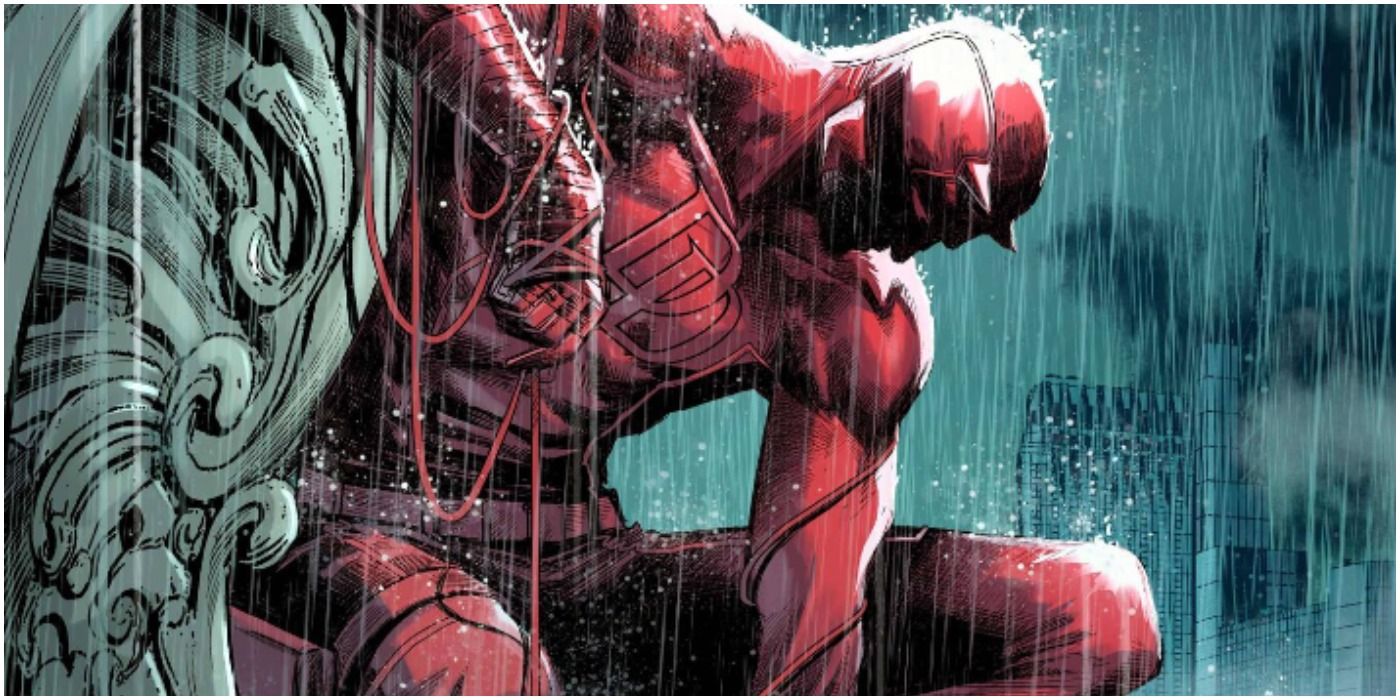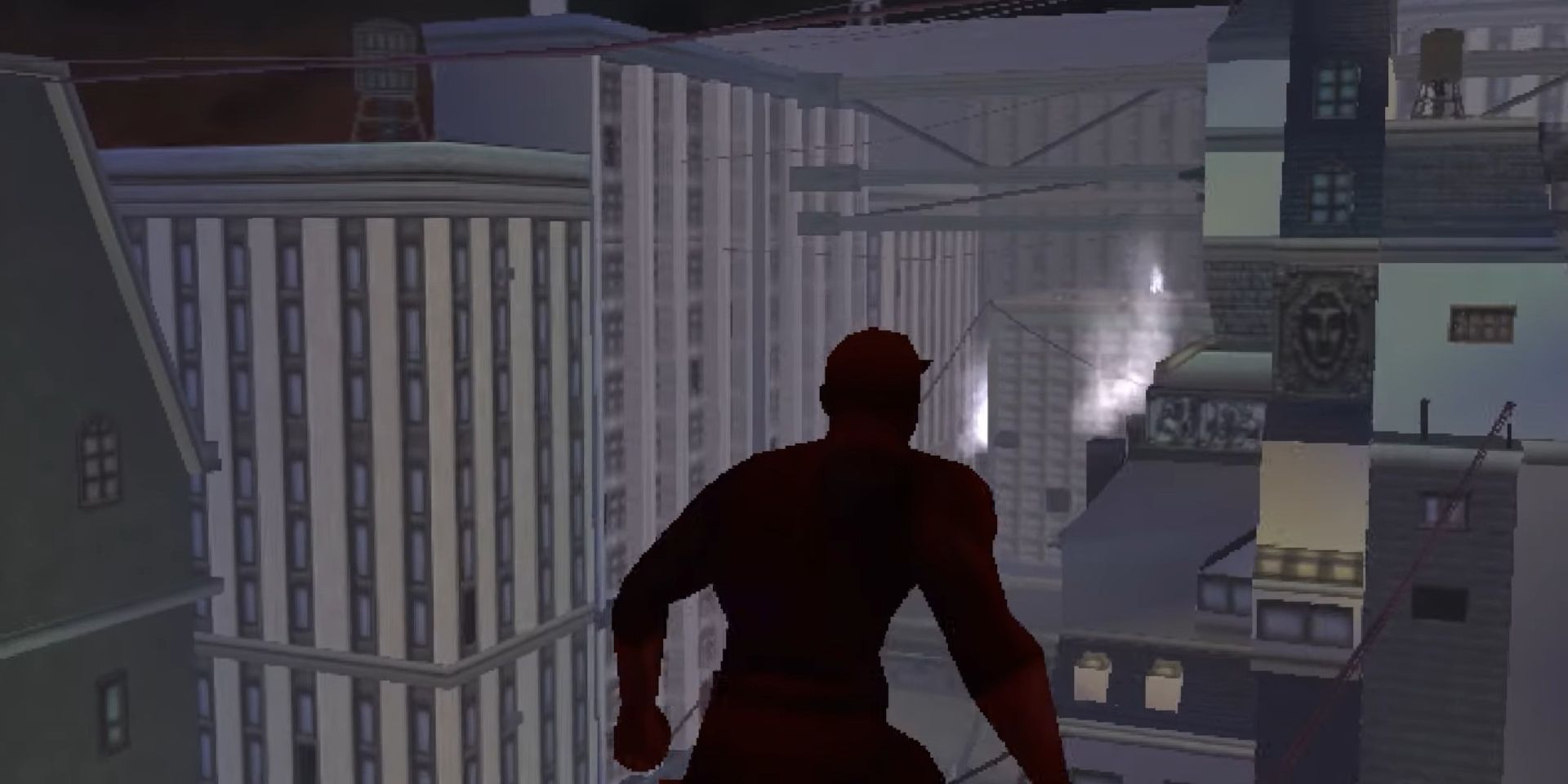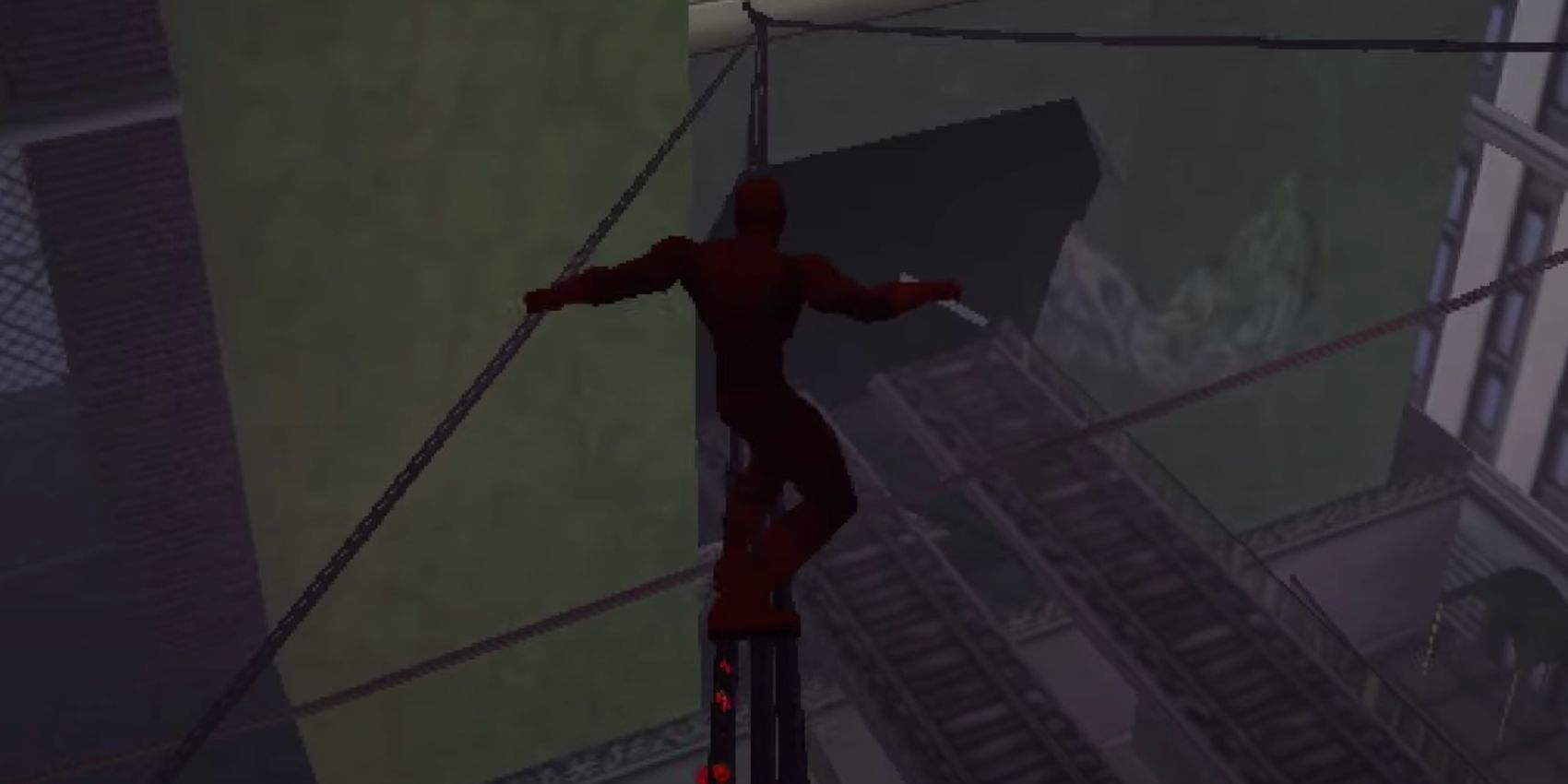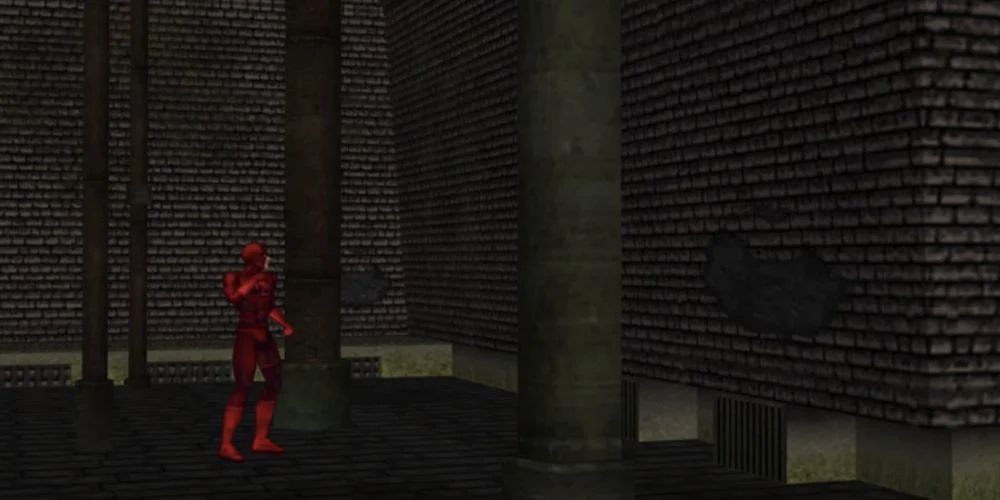While there's no shortage of Marvel-related media today, seeing the Avengers and their contemporaries outside the medium of comic books was a rare treat 20 years ago. The dominance Marvel's superheroes have in today's media landscape was in its infancy, and Marvel was looking to sell licenses for their hottest properties to game studios and Hollywood to ease their financial struggles. The early 2000s saw games featuring heroes like the X-Men, Spider-Man and Blade, all reaching varying degrees of success.
Not all the Marvel games would see the light of day, much less the success and legacy enjoyed by titles like Spider-Man 2 for the PlayStation 2 or Marvel vs. Capcom 2 in arcades. It was around this same time that developers 5000ft Inc. acquired the rights to make games featuring heroes like Captain America and Daredevil. The small team of twelve were all big fans of the Devil of Hell's Kitchen, and eagerly began work on Daredevil: Man Without Fear.
Originally a series of vignettes celebrating Daredevil's most iconic moments in the comics, the scope and direction of the game changed drastically when Sony became involved. With plans for a Daredevil movie in the works, a proposal was made to release the game in time to capitalize on the 2003 film's anticipated success. It would expand to be an open-world beat 'em up set in Hell's Kitchen, featuring several unique mechanics and a storyline inspired by classic Daredevil comics, particularly the Elektra Lives Again storyline from the Frank Miller run.
The open world would have instances of smaller crimes around the city, allowing players to choose whether they would intervene as they explored between story missions. It was planned to release on the PC, Xbox and Playstation 2. While Microsoft more or less left 5000ft to their work, Sony became heavily involved, making a number of demands and meeting every month to oversee the game's development.
To make matters worse, 5000ft had to run every aspect of the game by Marvel, who often had ideas that conflicted with Sony's vision. Marvel wanted a product that was loyal to their comics, while Sony had more experimental ideas about gameplay that took some creative liberties with the source material. 5000ft was caught in the middle, struggling to please both parties.
One such conflict arose when Sony suggested implementing game mechanics inspired by the Tony Hawk's Pro Skater series, of all things. Though the Tony Hawk games were massively popular at the time, Marvel wasn't pleased with Daredevil grinding on telephone wires and the edges of buildings as it was far outside the hero's established conventions. Even though there was some precedent with Spider-Man (2000) for the Playstation 1 using the Tony Hawk engine, Sony's value of gameplay innovations over character consistency didn't sit well with Marvel. Other methods of traversal in the game stuck closer to Daredevil's roots, which saw him utilizing his signature billy club to swing from fixtures throughout the city and using acrobatics to swing from flagpoles.
Daredevil: Man Without Fear had another unique mechanic that is reminiscent of Detective Vision in the Batman Arkham games. Despite being blind, Daredevil's powers heighten his remaining senses to a remarkable degree, allowing him to perceive the world in other ways. The game's "Shadow World" mechanic would allow players to switch between viewing the world normally and viewing the world as Matt Murdock would. Shadow World would emphasize Daredevil's reliance on sound, allowing players to track faint footsteps and sense weaknesses in enemies.
This system was planned to help players locate criminals throughout the city, though its application to the combat system had to be scrapped. In concept, players would have used Shadow World to see various weaknesses in enemies, but this had to be cut back as the developers struggled to meet deadlines. When the February 2003 deadline passed and the game was delayed, more and more features had to be scaled down. Maps became smaller, gameplay became more linear and assets were reworked multiple times to get the game to run properly.
This was arguably just a symptom of some much larger problems with which 5000ft was dealing. Expanding from a team of 12 to 50 people had the typical growing pains involved with hiring new staff, made worse by allegations of misconduct. While many of the new hires became invaluable to the company, there were some contract workers that allegedly took advantage of the somewhat lax management style of 5000ft. Perhaps the most troubling allegations were those of drug abuse, which was a prominent issue at the time in Reno, Nevada, where the studio was located.
Despite all the roadblocks 5000ft had to overcome during Daredevil: Man Without Fear's development, the game was nearing completion. It wasn't the internal strife caused by new employees or the struggle to get the game's engine working that killed it, but the delicate balancing act between Sony and Marvel. 5000ft had apparently strayed too far from what Marvel had wanted from the game in their efforts to appease Sony, and as a result, lost the license to Daredevil. It's only thanks to the efforts of Unseen 64, an online archive of beta, canceled and unknown video games that Daredevil: Man Without Fear has resurfaced all these years later, though a playable build of the game may be forever lost.




